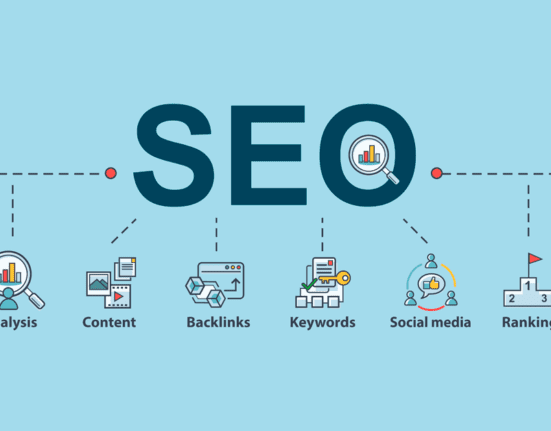Multiple Sitemap: In the online world, websites need help to be found easily. Think of XML sitemaps as guides for search engines. When a website is big, one guide isn’t enough. Imagine having several guides, each helping with different parts of the website. These are multiple sitemaps. They make sure everything is organized, and search engines can understand the website better. It’s like having different maps for different sections. This helps search engines find and show the website in search results. So, using multiple sitemaps is like using special guides to make sure a website is seen and understood properly on the internet.
Table of Contents
Let’s elaborate each of the reasons for using multiple sitemaps:
Reduce link crowding:
- A single sitemap is limited to 50,000 URLs. If a website exceeds this limit, using multiple sitemaps helps avoid overcrowding and ensures that each sitemap remains manageable.
Ensure proper crawling:
- Search engine crawlers have a limited amount of time to crawl a website. By organizing content into multiple sitemaps, you help search engines efficiently crawl and index all pages without missing any due to time constraints.
Improve search engine indexing:
- Search engines use sitemaps to discover and index pages on a website. Having multiple sitemaps allows for a more organized and systematic approach to indexing, ensuring that all relevant pages are properly recognized and included in search engine results.
Classify and categorize content:
- Websites often have diverse content, such as product pages, blog posts, images, videos, etc. Multiple sitemaps enable you to categorize different types of content, making it easier for search engines to understand the nature of each page and index them accurately.
Make it easier for search engines to handle site structure:
- Large websites with complex structures may have different sections or categories. Multiple sitemaps can be employed to represent these sections individually, providing a clear and organized structure that helps search engines navigate and understand the site’s hierarchy.
See if indexing issues are with specific content types:
- If a website contains various types of content, such as product pages, blog posts, and images, using separate sitemaps for each content type allows you to identify and address any indexing issues specific to certain content categories. This granular approach aids in troubleshooting and optimization.
In summary, employing multiple sitemaps is a strategic approach to managing the indexing and crawling of a website, particularly when it is large and diverse. It allows for better organization, efficient crawling, and improved communication with search engines, ultimately leading to enhanced visibility in search results.
For more SEO updates, follow MoveDigitals.







